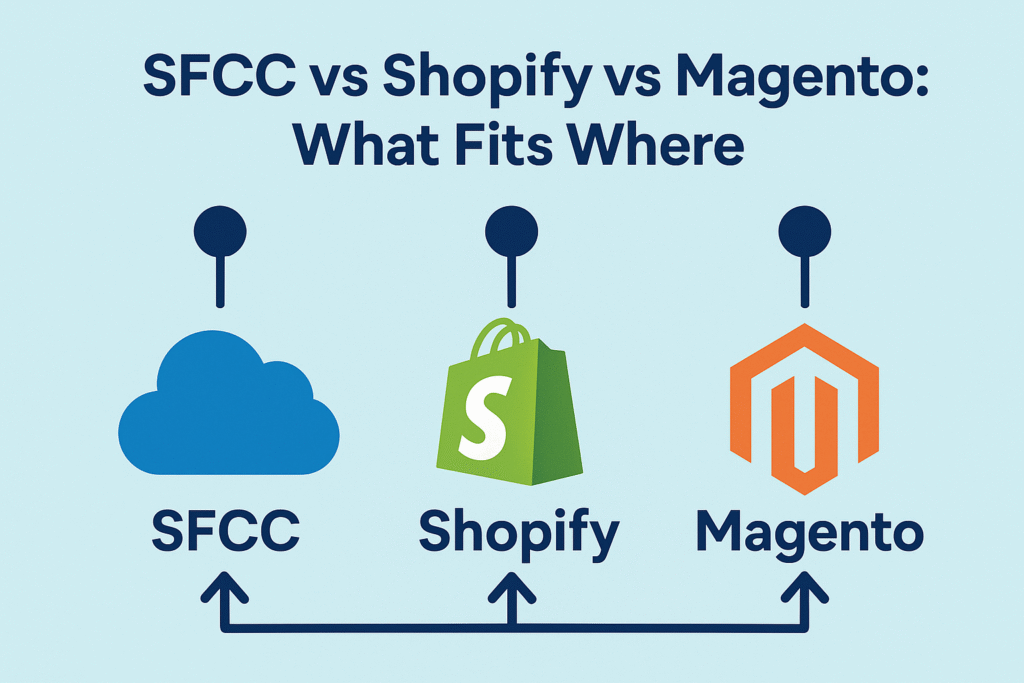Indexed life insurance is a unique type of permanent life insurance that offers both a death benefit and a cash value component. It is designed to provide policyholders with the opportunity to earn returns based on the performance of a stock market index, such as the S&P 500. In this comprehensive guide, we will delve into the details of indexed life policies, how they work, their benefits, and considerations before purchasing one.
What is an Indexed Life Policy?
An indexed life policy is a form of permanent life insurance that allows policyholders to allocate a portion of their premium payments into a cash value account, which can then be linked to the performance of a stock market index. This means that the cash value has the potential to grow based on the index’s performance, subject to certain limits and conditions specified in the policy.
How Does an Indexed Life Policy Work?
When you purchase an indexed life policy, you can choose how much of your premium payment will go towards the death benefit and how much will go towards the cash value component. The cash value is typically credited with interest based on the performance of the chosen index, up to a cap specified in the policy. If the index performs well, the cash value will increase, providing potential growth opportunities. However, if the index performs poorly, there is usually a floor that protects the cash value from decreasing below a certain level.
Benefits of Indexed Life Policies
- Potential for Growth: Indexed life policies offer the potential for cash value growth based on the performance of a stock market index, providing an opportunity for higher returns compared to traditional whole life policies.
- Downside Protection: Most indexed life policies include a floor that protects the cash value from market downturns, ensuring that it will not decrease below a certain level even if the index performs poorly.
- Tax-Deferred Growth: Like other forms of permanent life insurance, the cash value in an indexed life policy grows tax-deferred, meaning you do not pay taxes on the growth until you withdraw it.
- Flexibility: Indexed life policies often offer flexibility in premium payments and death benefit options, allowing you to adjust your coverage as your needs change.
Considerations Before Purchasing
Before purchasing an indexed life policy, it’s important to consider your risk tolerance, financial goals, and the policy’s costs and features. While indexed life policies offer the potential for higher returns compared to traditional whole life policies, they also come with more complexity and risk. Additionally, the cap on the cash value growth and other policy limitations can impact the actual returns you receive.
Conclusion
Indexed life insurance can be a valuable tool for individuals looking for both a death benefit and potential cash value growth based on market performance. By understanding how indexed life policies work, their benefits, and considerations before purchasing, you can make an informed decision about whether an indexed life policy is the right choice for your financial needs and goals.



